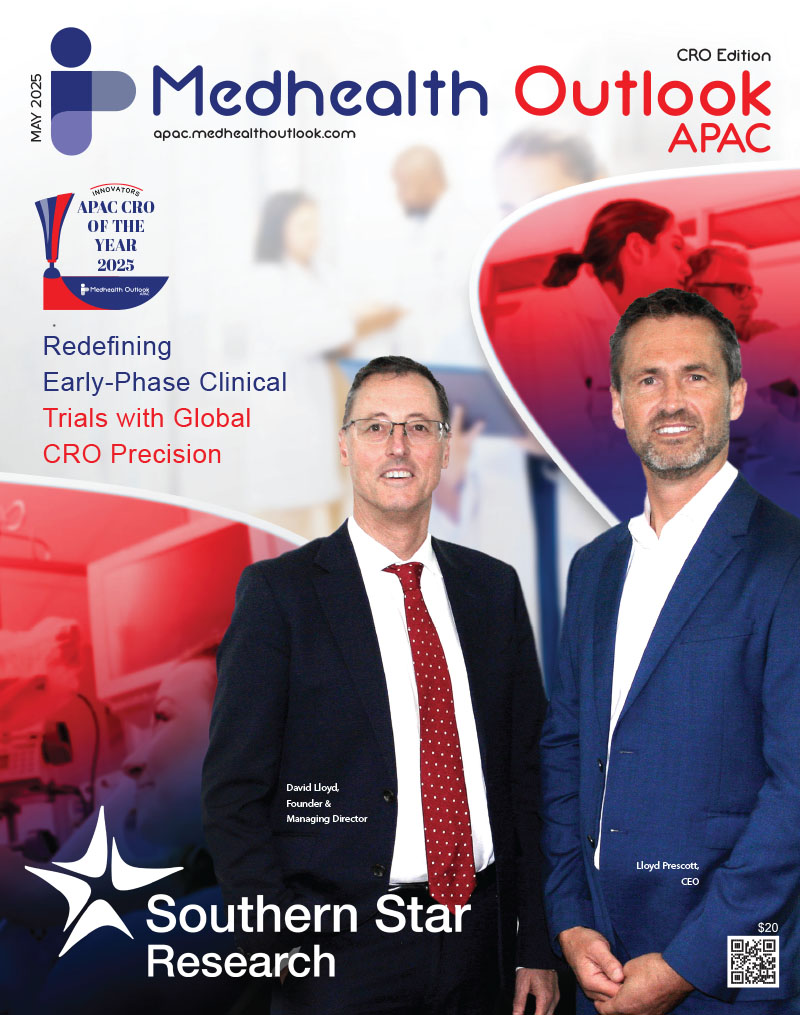Historically, the triad of ‘cut, burn and poison’ – surgery, radiotherapy, and chemotherapy – provided the mainstay of cancer treatment. These approaches remain relevant today and, while they have been improved and refined over time, they still lack a degree of precision. In the last 20 years targeted small molecule and antibody approaches have revolutionised the treatment of some cancers, either by directly addressing a specific target which may be a tumour-specific mutation, or by modulating a patient’s immune system to attack tumours.
However, during the last decade a new wave of immunotherapies has emerged. These approaches engineer a patient’s own immune cells to treat their cancer and the resulting ‘living drug’ exquisitely combines the killing power of the immune system with specific target recognition.
The first cell therapies to be approved were Chimeric Antigen Receptor T-cell (CAR-T) therapies and currently major pharmaceutical players including Novartis, Bristol-Meyers Squibb, Johnson & Johnson and Gilead have CAR-T assets on the market. In 2022, five years after its first approval, Gilead’s Yescarta crossed the billion-dollar revenue line, becoming the first blockbuster of this modality and signalling the dawn of a golden age of cell therapies.
Today, these sophisticated ‘living-therapies’ require a patient-specific manufacturing process during which T-cells are extracted from a patient’s blood and engineered in a laboratory to express a chimeric antigen receptor (CAR). When these modified T-cells are infused back into the patient, the CAR targeting moiety – effectively an antibody-construct – allows them to recognise specific cell surface proteins on the surface of cancer cells and kill them.
These first-generation cell therapies have had a profound impact on the treatment of certain types of cancer, particularly blood cancers, and has led to complete remission in a significant proportion of patients with relapsed or refractory B-cell acute lymphoblastic leukaemia (ALL) and B-cell non-Hodgkin lymphoma (NHL).
Despite its phenomenal potential, only a relatively small number of patients have been treated using CAR-T. The Alliance for Regenerative Medicine estimated that by the end of 2021, just over 50,000 people had been treated with CAR-T therapy globally. Alongside tolerability issues, the extremely costly manufacturing process and complex treatment logistics shoulder much of the blame, with a cost per patient ranging from hundreds of thousands to millions of dollars, making it inaccessible to all but the fortunate few. However, continued investment in more efficient manufacturing technologies and next generation off-the-shelf platforms, aiming for allogeneic products, look set to make CAR-T cell therapies a standard treatment of the future. As seems to be an immutable law, novel technologies become less expensive over time.
Beyond the high costs, a more fundamental limitation of CAR-T has been the lack of effectiveness in addressing solid tumours. This lack of clinical utility is often attributed to a range of factors including a complex tumour microenvironment, mechanisms for immunosuppression, and tumour heterogeneity. However, at the core of CAR-Ts unsuitability for solid tumours is the absence of the high-density cell surface targets that are needed for the CAR-T modality to be effective. Given that solid tumours represent more than 90% of cancers, a different approach to targeting the T-cell is required so that many more people can benefit from these therapies.
Unleashing the curative potential of adoptive T-cell therapy in solid tumours has been a focus area for academic researchers and many biotech companies for several years now. The prevailing opinion in the field is that the natural targeting method of T-cells, T cell receptors (TCRs), offers the most elegant way in which to redirect the potent effect of T-cells. Since TCRs have the capability to detect disease targets from inside cells, they can be effectively tuned to identify any cancerous cells. The resultant modality, TCR-T (T cell receptor T-cell) therapy, effectively unlocks a rich cancer specific target space and vastly increases the number of cancers that are tractable for adoptive cell therapies.
TCRs are not without challenges; they are biologically complex and work by detecting disease targets shuttled from inside a cell and presented on the surface by a major histocompatibility complex (MHC). The biggest challenge of generating therapeutic TCR-Ts lies in variation in MHCs across the human population. Each MHC patient group will present the target differently and thus requires a different targeting TCR. Even though there are thousands of MHC variants, it is possible to address around 80% of the population by focusing only the most common handful of MHCs, making the problem very manageable.
Ultimately, TCR-based therapies necessitate product franchises that cover both cancer targets and MHCs, and physicians to select the right TCR-Ts personalised against a patient’s specific cancer. Libraries or warehouses of TCR-T assets will be key to unlocking the tremendous therapeutic potential of T-cell immunity in solid tumours.
A raft of pioneering biotechs – Adaptimune, Affini-T, Alaunos, Anocca, BioNTech, Immatics, Medigene, Neogene, TScan – are building TCR-T asset libraries and as they enter clinical trials in the coming years, it is hoped to see TCR-based cell therapies radically redefine the therapeutic paradigm in oncology and meaningfully move the needle on patient outcomes in the most difficult to treat cancers.












